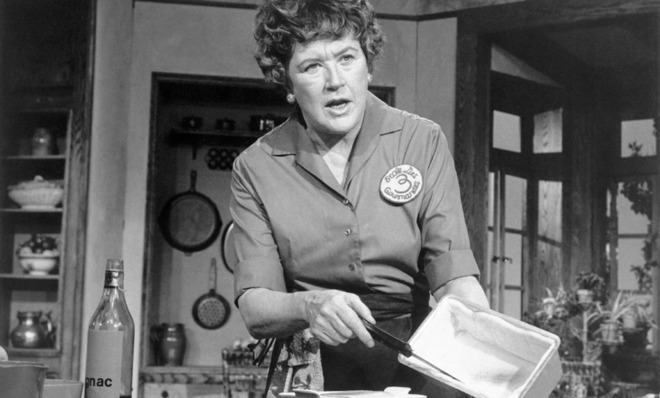The surprising science of butter
Welcome to the "Butter Lab"


Julia Child had it right: "With enough butter, anything is good." The 2014 World Science Festival event "Scientific Kitchen: Butter Lab" revealed the scientific truth behind Child's wise words. Chemist Kent Kirshenbaum, physicist David Grier, and pastry chef Michael Laiskonis teamed up for a comprehensive and interactive discussion on the intersection of butter and science.
The science of butter starts with the primary ingredient — milk. Milk is 88 percent water, 3.5 percent fat, 3.25 percent protein, and 4.6 percent lactose (sugar). After a cow is milked, we typically do two important things to refine it and make it safe. Pasteurization treats milk to destroy any harmful microbes. And milk is homogenized to prevent the fat from rising to the top of the milk. This is achieved by "forcing fat globules into smaller and smaller particles so they can't find each other again, similar to pushing water through a shower head into smaller and smaller droplets," Laiskonis said.
Next, Kent explained the chemical basis for that key transition from cream to butter. The key principle to keep in mind is emulsion, the term for when one substance is fully dispersed in another substance. Cream is an emulsion in that fat molecules are dispersed in the main component, water. Whipping up cream, however, shakes the system enough to invert the emulsion. Fat molecules become the continuous phase with particles of water dispersed within, creating butter!
The Week
Escape your echo chamber. Get the facts behind the news, plus analysis from multiple perspectives.

Sign up for The Week's Free Newsletters
From our morning news briefing to a weekly Good News Newsletter, get the best of The Week delivered directly to your inbox.
From our morning news briefing to a weekly Good News Newsletter, get the best of The Week delivered directly to your inbox.
Butter itself has many chemical and physical properties that play roles in the baking process. Starch and protein in flour will toughen dough, while sugar tenderizes it. Butter is mostly fat, so it tenderizes dough, however it still possesses 16 percent water, which will act to strengthen dough. This principle is used to make puff pastry, where the layers of dough folded on top of each other use the steam that evaporates from butter chunks in the dough to become airy and flaky in the oven.
But butter is not totally uniform. The carbon and hydrogen-filled tails of fat molecules vary in length and construction. "Not all fat molecules are created equal, so not all butter is created equal," Kent said. The variable fat molecules consequently affect the physical properties of butter, such as its melting temperature, and its brittleness and flexibility. In a surprising demonstration, Laiskonis showed how butter with 83 percent fat could bend much more before breaking than butter with a mere 2 percent decrease, with 81 percent percent fat. This principle comes into play for recipes where dough is repeatedly folded, as with puff pastries, because a flexible dough will yield the best result.
As an accent to the scientific information, the team provided delicious samples of butter, paired with a soft baguette and dusted with a sprinkle of sea salt.
Following the main lecture, the audience broke into activity groups. Kent led guests through the process of making butter themselves by hand-shaking it in a mason jar. Grier showed the difference in molecular activity between skim milk, whole milk, and chocolate milk under the microscope. And Laiskonis gave a hands-on (mouth-on?) demonstration of the flavor extravaganza that arises when butter is browned and caramelized, capping off the night by dishing out a round of desserts including brown butter cookies, dulce le leche, and brown butter ice cream.
A free daily email with the biggest news stories of the day – and the best features from TheWeek.com
More from World Science Festival...


